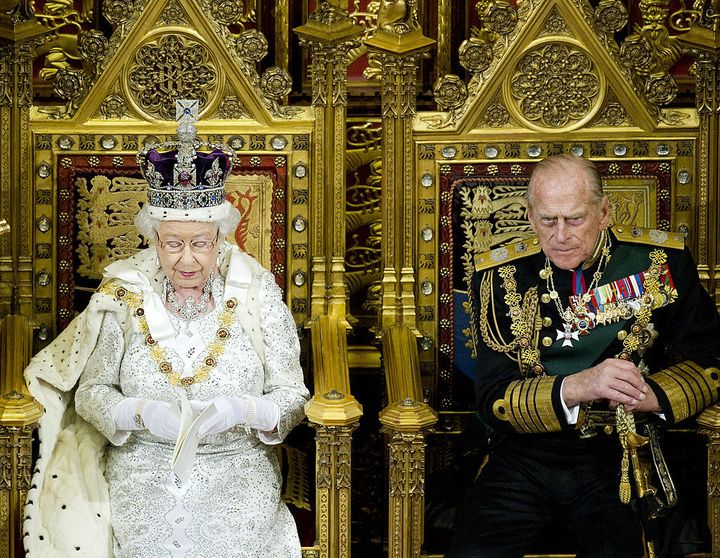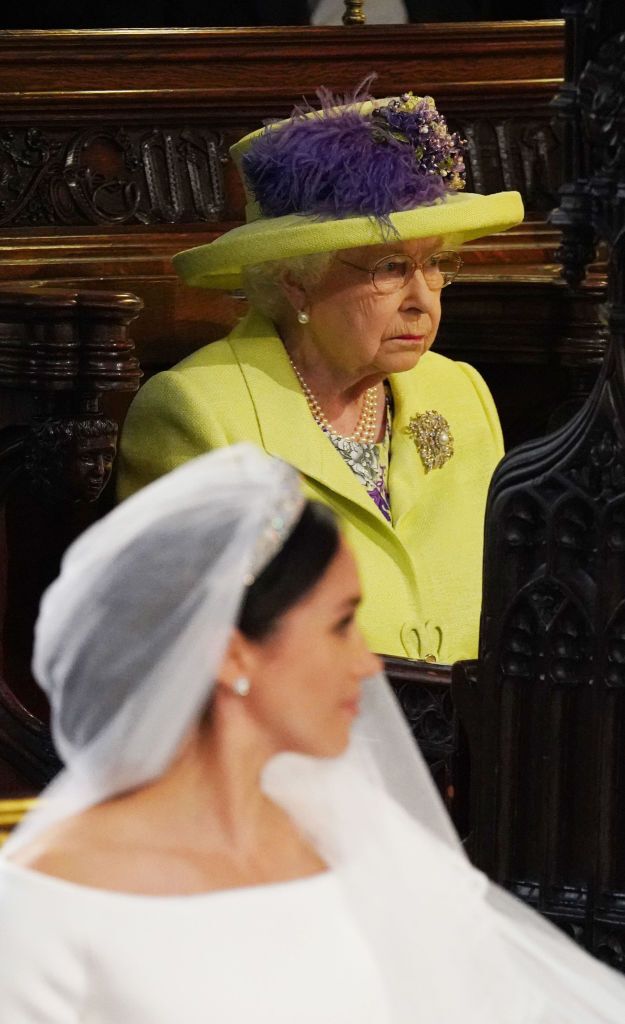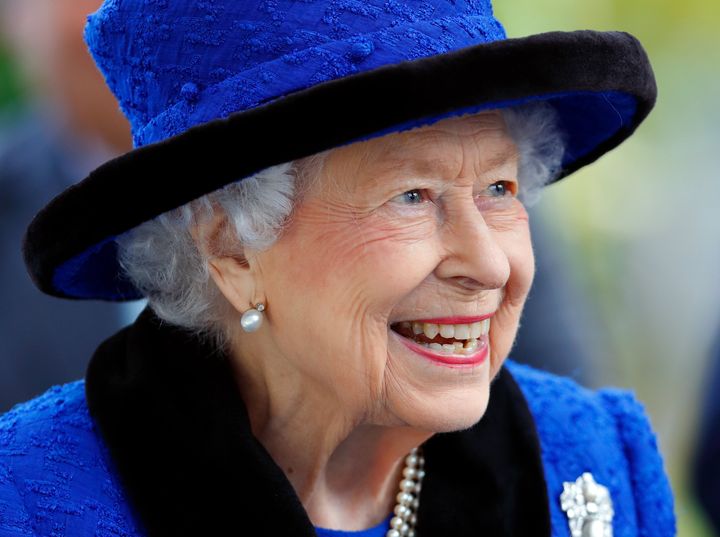
Queen Elizabeth II has died aged 96, Buckingham Palace has confirmed.
In a statement, the Palace said: “The Queen died peacefully at Balmoral this afternoon. The King and The Queen Consort will remain at Balmoral this evening and will return to London tomorrow.”
Prince Charles, who is the heir apparent, was with her.
It comes shortly after the UK’s longest-reigning monarch celebrated her 70th year on the throne, her platinum jubilee.
The whole country came together to honour the occasion across the extended bank holiday, paying tribute to her unprecedented reign through Trooping the Colour, a service of Thanksgiving and Big Jubilee Lunches up and down the UK.
The Queen was also a reassuring presence for many as the country tried to cope with successive lockdowns, despite catching Covid herself in February 2022.
In her 2020 Christmas message she praised the efforts of individuals and called on the nation to “remain united and resolute” in the face of the outbreak. And in a poignant video to mark the 75th anniversary of VE day in 2020, she delivered a message of hope, promising in the words of Dame Vera Lynn’s wartime anthem: “We will meet again.”
The royal family also grieved in April 2021, when the Queen’s husband of 73 years, Prince Philip, died. The entire ‘Firm’ followed Covid restrictions and sat apart in their bubbles at the televised funeral – meaning the Queen had to sit on her own.
The Queen was widely praised for returning to her royal duties after just a two-week mourning period for the Duke of Edinburgh, who she referred to as her “strength and stay”.
The news of her death marks the end of a new Elizabethan era that began when the 25-year-old princess became Queen Elizabeth II on the death of her father King George VI, in the early hours of February 6, 1952.
She became the longest-ever reigning monarch in British history on September 9, 2015, bypassing the record set by her great-great-grandmother Queen Victoria. This took into account 63 years plus 16 leap days, additional months and days, and the timing of George VI’s death.
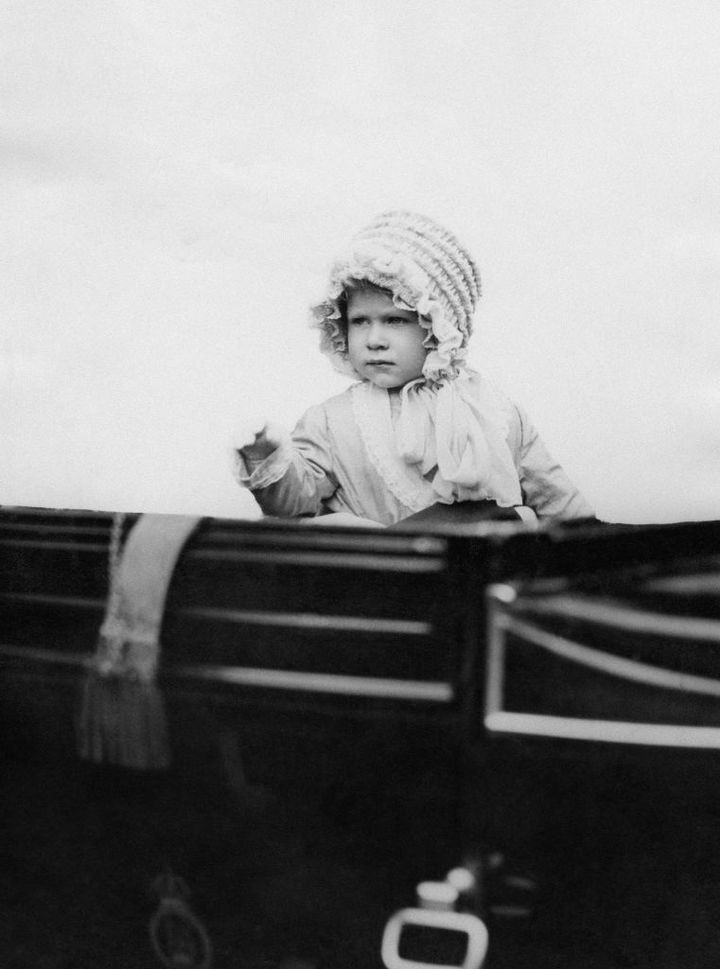
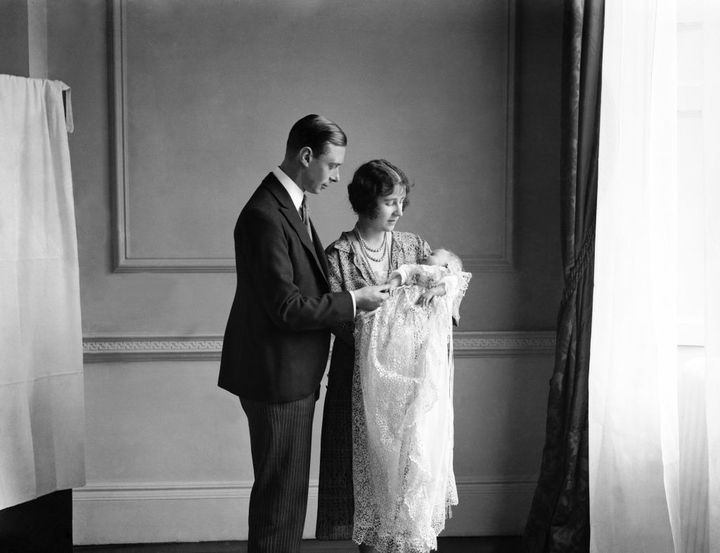
With the death of 88-year-old King Bhumibol Adulyadej of Thailand in 2016, the Queen then took the record for the world’s longest reigning living monarch.
She is the world’s second-longest reigning monarch ever, after French King Louis XIV, who served on the throne for more than 72 years.
Princess Elizabeth Alexandra Mary was born by Caesarian section on April 21, 1926, in her maternal grandparents’ London home: 17 Bruton Street, Mayfair, while the home secretary Sir William Joynson-Hicks waited in the next room.
The presence of the government minister was an age-old custom designed to ensure that no substitute had been smuggled in hidden in a warming pan or similar receptacle. Apparently one of Princess Elizabeth’s first acts was to yawn at Sir William.
Elizabeth’s father, George VI, only became king after the abdication of his brother Edward VIII in 1936 – when she was born, the princess was not expected to take the throne.
She married Lieutenant Philip Mountbatten of Greece at the age of 21 at Westminster Abbey in 1947 in front of 2,000 guests. Princess Elizabeth was dressed in an ivory silk Norman Hartnell gown, decorated with 10,000 seed pearls, glittering crystals and an intricate 13ft (4m) star-patterned train. The dress was bought with food rationing coupons as the UK was still struggling in the aftermath of World War 2. Philip, 26, was fresh from serving in the Royal Navy for the war effort.

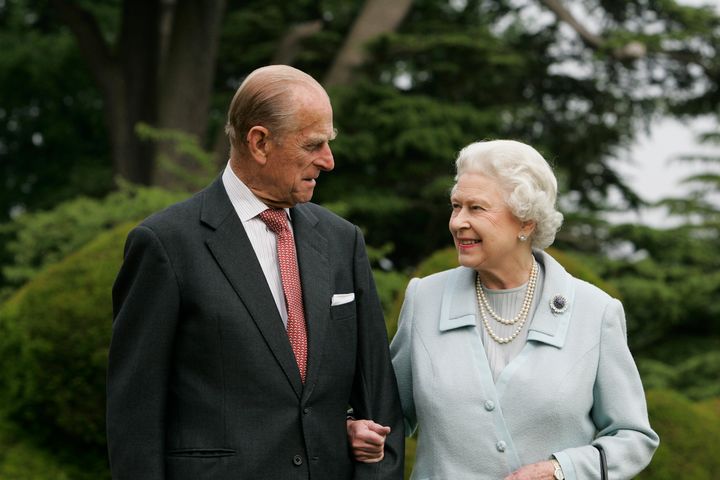
Another 200 million people listened to the radio broadcast of the nuptials and thousands lined the streets to watch the spectacle.
The pair had begun exchanging letters in 1939 when Elizabeth was 13 and Philip was 18, and their friendship blossomed over the years.
After their wedding, the couple lived together on the island of Malta for periods between 1949 and 1951 while the duke served on HMS Chequers with the Mediterranean Fleet.
Villa Guardamangia, a palazzo-style mansion on the outskirts of the capital Valletta, served as a much-loved base for the couple in the early years of their marriage. Their stay in Malta offered them their only real taste of life as a relatively ordinary couple.
They enjoyed parties, picnics and boat expeditions, and the princess was even able to take a trip to the hairdresser for the first time. In 2015 during an official trip, the Queen recalled: “Visiting Malta is always very special for me. I remember happy days here with Prince Philip when we were first married.”
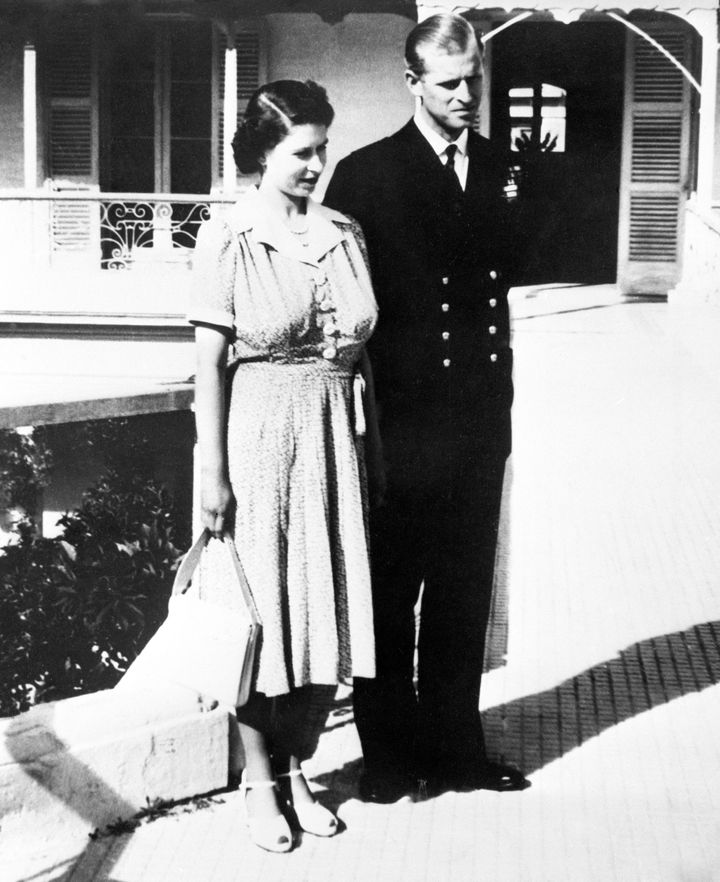
Princess Elizabeth was staying in an exclusive tree house hotel in Kenya in 1952 when she was informed of her father’s death.
Former lady-in-waiting Pamela Hicks recalled: “She goes up as a princess. The king died that night. She comes down the ladder as a queen.”
Prince Philip was told the news first, and covered his face with his newspaper, murmuring “this will be such a shock”, before taking her for a walk in the gardens, where he told his young wife of her father’s death and that she was now to be Queen.
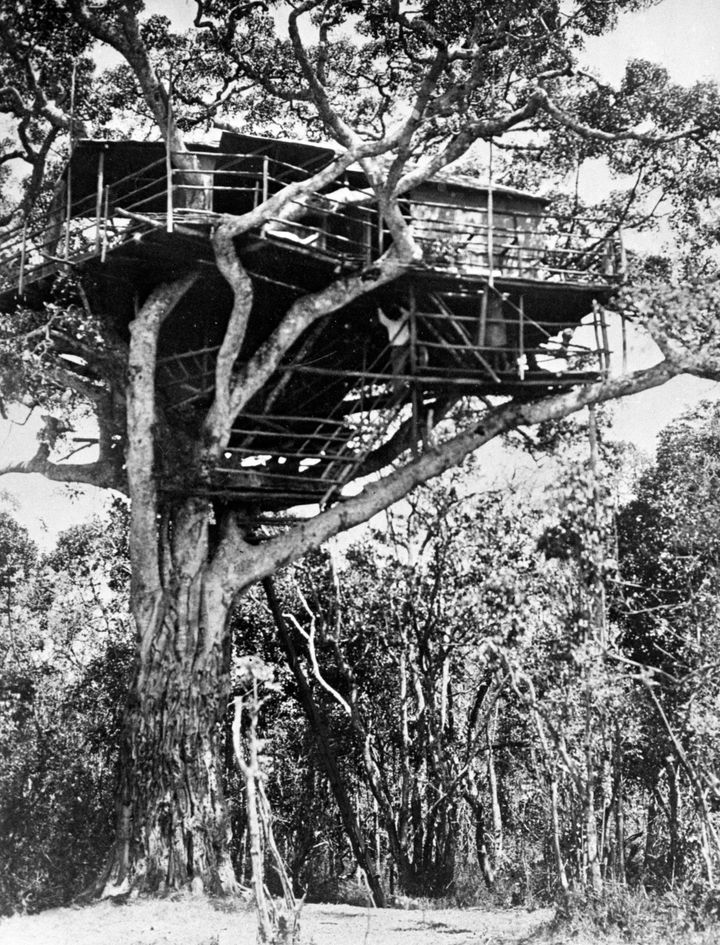
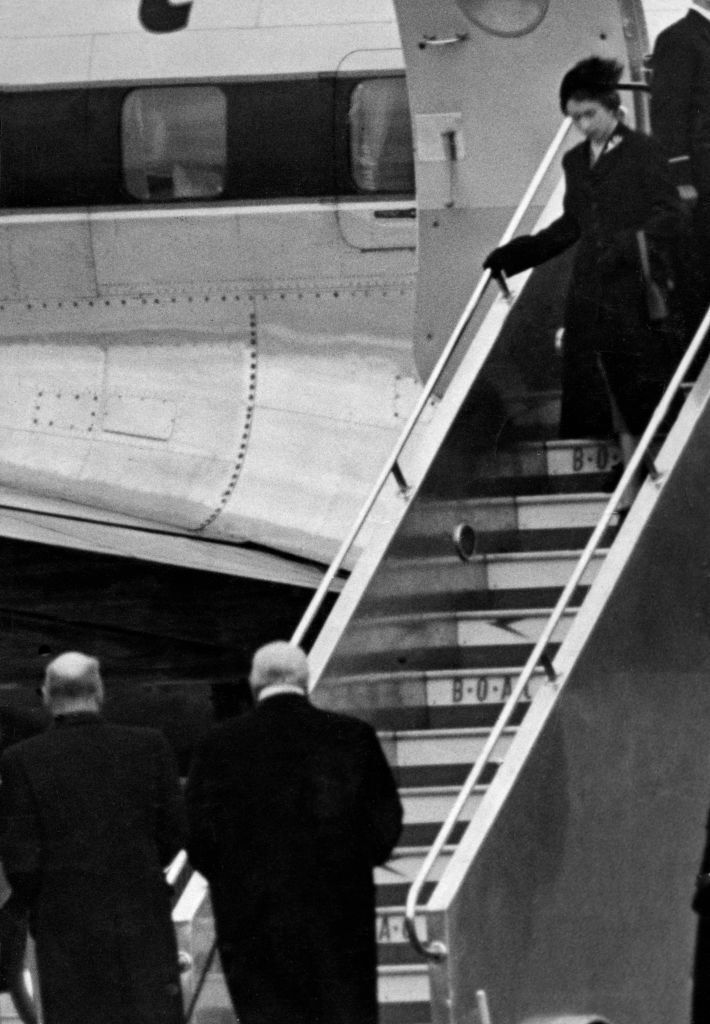
The couple’s children, Prince Charles, Princess Anne, Prince Andrew and Prince Edward, were born between 1948 and 1964, all at Buckingham Palace.
Charles’ birth on November 14, 1948, was the first in centuries without a government minister present to witness the arrival of a future heir to the throne. The occasion was marked publicly with the fountains of Trafalgar Square lit up in blue. The Duke of Edinburgh, said to be “not indifferent but restless”, played squash while his wife was in labour.
As Victoria had done the previous century, Elizabeth acted as a figure of continuity as the country modernised. Serving through the 20th century, the Millennium and well into the 21st century, she was also head of state, the armed forces and the commonwealth.
She witnessed many new technological advances and a succession of British governments of different political persuasions.
Elizabeth II met every US president of her reign – except one.

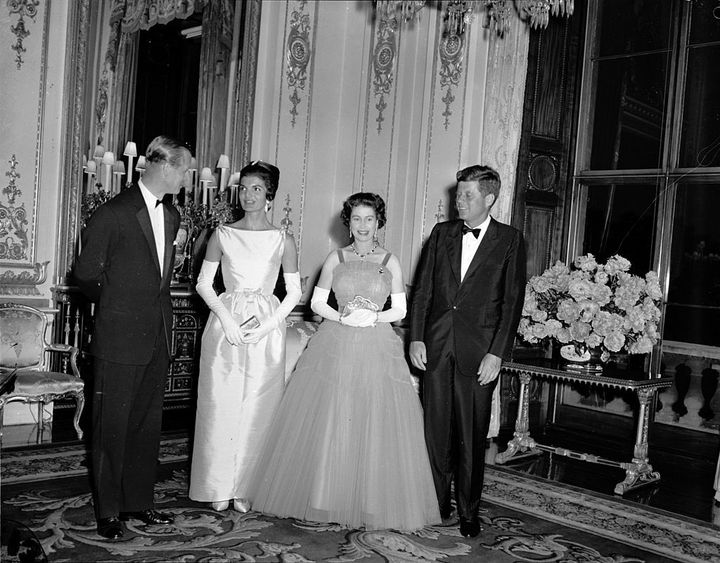
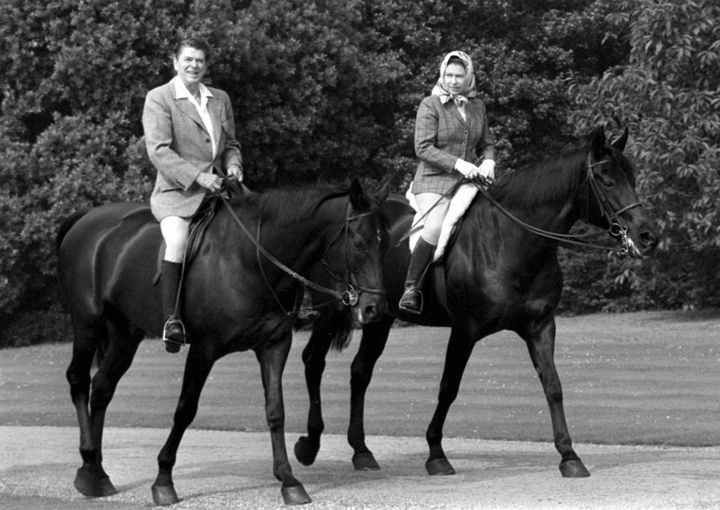
Lyndon B Johnson, who took over in 1963 following John F Kennedy’s assassination, never crossed paths with the Queen. By contrast, president Donald Trump, who visited Britain three times during her reign, boasted about having “automatic chemistry” with her and praised her as a “spectacular woman”.
Current President Joe Biden took office in January 2021, and made his first official visit overseas to visit the UK – and its monarch – in June.
The Queen had become accustomed to milestones during her decades on the throne. In December 2007, she became the longest living British monarch, overtaking Victoria who died when she was 81, and in May 2011, she became the second-longest reigning monarch in British history, when she overtook George III.
According to Guinness World Records, the Queen also held the world record for most currencies featuring the same person.
Her Diamond Jubilee river pageant in 2012 set a new world record for the number of boats in a parade with more than 1,000 vessels taking part and 670 making the complete trip down the Thames to Tower Bridge.
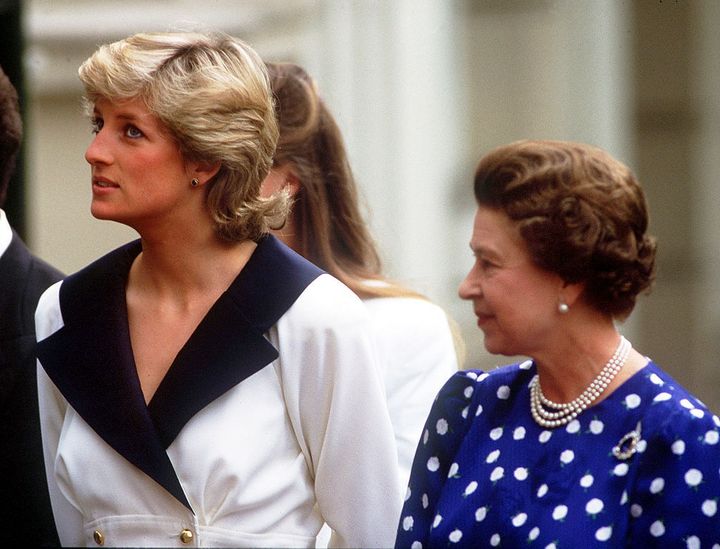
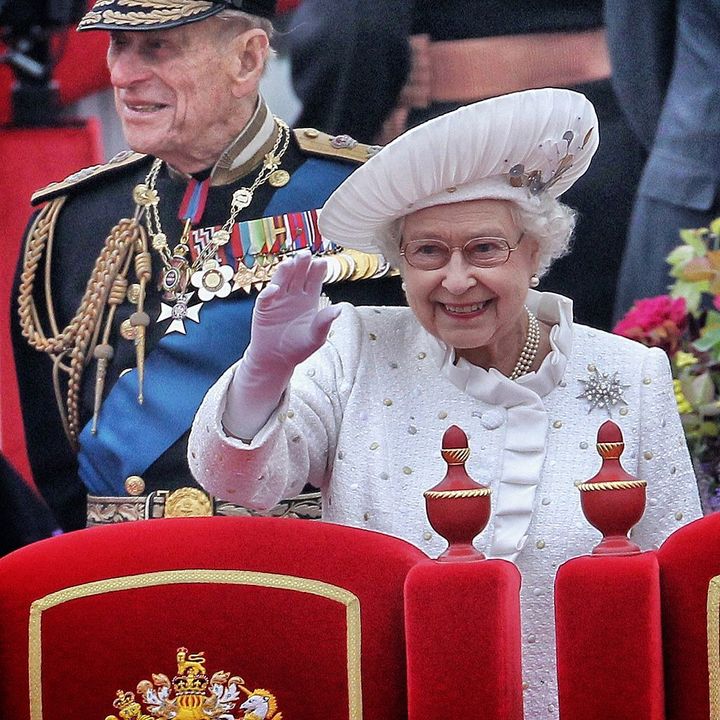
The monarch’s “second birthday” – that is, the official celebration – was marked on the second Saturday in June each year, commemorated with the Trooping the Colour parade. The double birthday tradition was introduced in 1748 by King George II, who was born in November – a time where the UK weather was typically dreary. Wanting a big public celebration, the king decided to hold a birthday parade in the sunnier months and to combine it with an annual military parade.
The Queen was also the first British monarch to send an email, to have a message put on the moon, to conduct a royal “walkabout” and to hold a public concert in her back garden.
Each year, without fail, the Queen would retreat to Balmoral in Aberdeenshire during the summer months, where she is said to have been happiest. It was her private home and was handed down to her through generations of royals after being bought for Queen Victoria by Prince Albert in 1852.
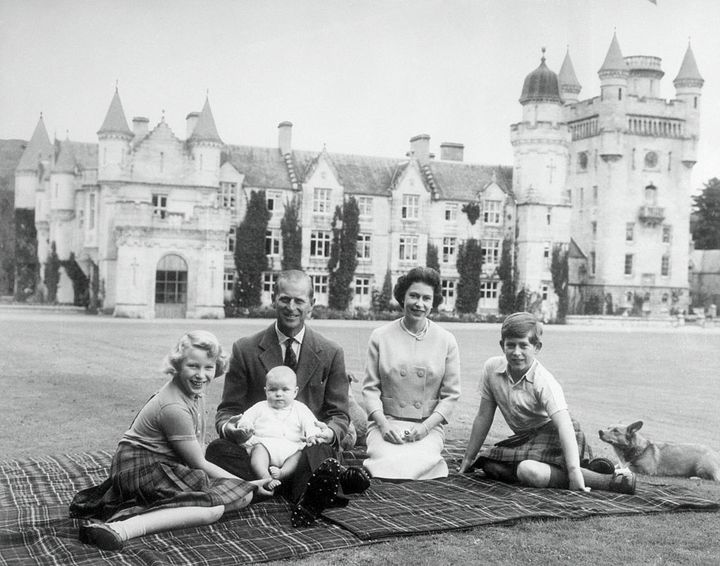

Victoria described Balmoral as her “heaven on Earth” and it was where she sought solace after Albert’s death. Queen Elizabeth’s usual two-month stay in August and September traditionally included a visit to the nearby Braemar Gathering, where she was chieftain of the Highland games.
Princess Eugenie, the Queen and Duke of Edinburgh’s granddaughter, once described Balmoral as the most beautiful place on the planet.
“Walks, picnics, dogs – a lot of dogs, there’s always dogs – and people coming in and out all the time,” she said.
“It’s a lovely base for granny and grandpa, for us to come and see them up there; where you just have room to breathe and run.”
Years of happy royal memories were forged at Balmoral, including family barbecues – where Philip did the cooking and the Queen the washing-up – and each morning a lone piper would play below the Queen’s bedroom window.
In recent times, the Queen had endured the biggest crisis the royal family had faced in years after her supposed “favourite son” Prince Andrew gave a television interview about his friendship with late sex offender Jeffrey Epstein.
It triggered a public outcry, and it was decided in an unprecedented move for Andrew to step back from public duties for the “foreseeable future”. Andrew kept a low profile but fell back into the spotlight when one of Epstein’s alleged victims started a civil case against him.
And in early 2020, her grandson Harry and his new wife, the actress Meghan Markle, sparked a major royal crisis when they made a decision to step down as senior royals for personal and financial freedom, in a move that was dubbed by the media as Megxit.
The Queen did not comment on either matter publicly.
She had previously dubbed 1992 her “annus horribilis”, following a series of scandals involving her children.
Prince Charles separated from Diana, his first wife; the Princess Royal divorced; and Andrew’s newly estranged wife Sarah Ferguson appeared in the tabloids topless and having her toes sucked.
That year also saw public opinion turn against the royals amid fears that taxpayers would have to foot the bill for repairs to Windsor Castle after a fire. In the end, the Queen agreed to pay 70% of the £36.5 million costs by opening Buckingham Palace to the public for the first time to generate extra income.
It was also announced that she would pay income tax for the first time and cut down the size of the Civil List.
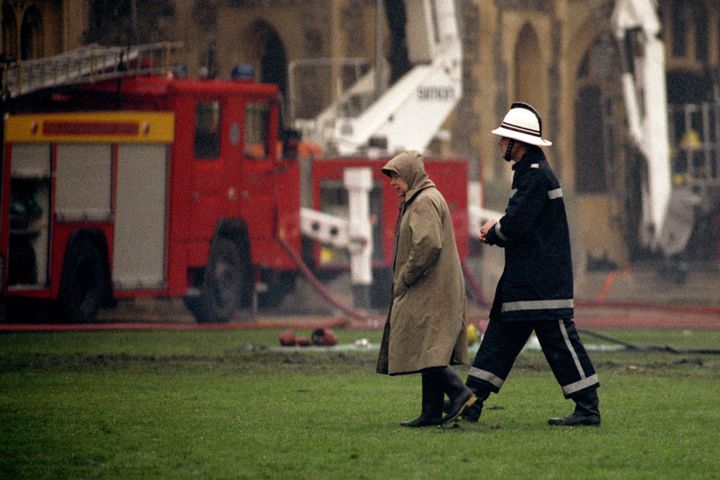
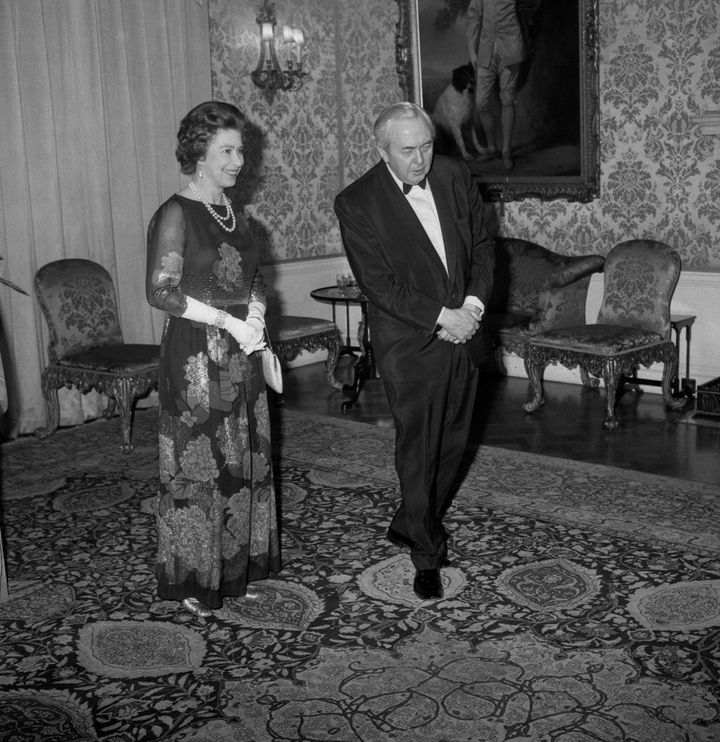
With a reign spanning many British governments under 15 prime ministers and dozens more in the Commonwealth, the Queen did not escape constitutional difficulties over the years.
Boris Johnson’s decision to prorogue parliament in September 2019, an order approved by the sovereign, was described as drawing the monarch into the most contentious and divisive political debate in recent times.
She officially accepted Johnson’s resignation just two days before her death and invited his successor, newly-elected Tory leader Liz Truss, to form a government.
However, the Queen’s dedicated attention to her constitutional functions has been commented upon by many of her prime ministers.
Politicians knew they ought not go to Buckingham Palace unless fully prepared.
Harold Wilson once confessed that he felt like a schoolboy who had not done his homework when the Queen cited a document which he had not read.
In the documentary Elizabeth R, filmed in 1992 to mark her 40th year on the throne, the Queen gave her view on the importance of her meetings with her prime ministers.
“They unburden themselves or tell me what is going on or if they have any problems, and sometimes I can help in some way as well,” she said.
“They know I can be impartial and it is rather nice to feel one is a sponge.
“Occasionally one can put one’s point of view and perhaps they have not seen it from that angle.”
As head of state, the Queen was politically neutral and acted on the advice of her government in political matters, but her political knowledge was known to be immense.
She rarely voiced her thoughts on current affairs but was occasionally caught on camera revealing her real opinions, such as when she expressed her frustration with world leaders who “talk but don’t do” when it comes to the climate crisis.
She received weekly briefings from the prime minister of the day and dozens of government documents passed across her desk every week for formal approval.
The Queen is survived by her four children – Charles, Anne, Andrew and Edward – and her 20 grandchildren and great-grandchildren.
